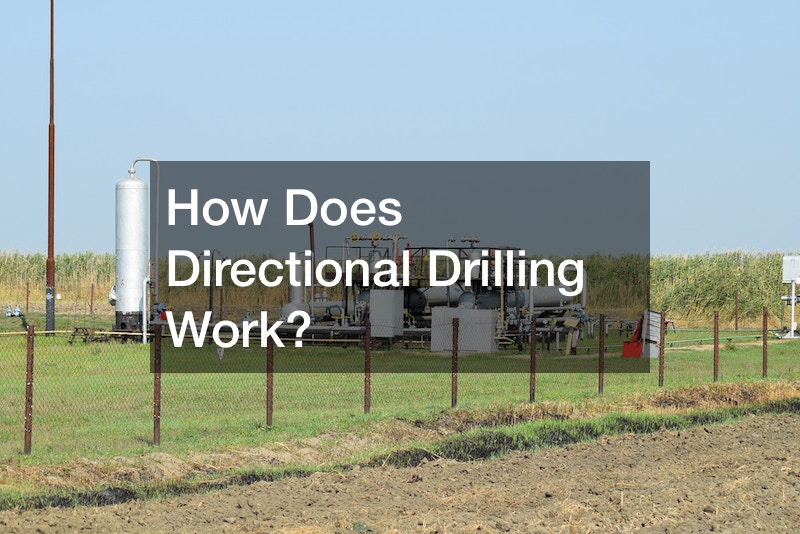
Directional drilling, also known as directional boring, is responsible for inserting conduits such as water, sewer, and electricity under obstacles like wetlands, streams, roads, and buildings. As explained in the video, directional drilling takes place in three steps or stages. These stages include drilling the pilot bore, enlarging the pilot bore, and installing the pipe.
In the first stage, the workers use a small area away from traffic and other activities to set up their equipment. The first stage involves drilling the pilot bore. In this stage, they start by steering a directional drill bit through an entrance pit and end through an exit pit. An experienced worker controls the directional drilling bit and uses radio signals to ensure no contact with other obstacles or utilities.
In the second stage, they attach a bit that is 1.5 times larger than the conduit to make the drilled path bigger for the pipe to fit. They then pull the drill back through the way it came in. The last stage is when the workers pull the pipe back through the drilled pathway.
The directional drilling process is completed in three stages to safely and effectively install the pipes. These pipes are used for a variety of things, such as water, sewer, electric lines, and many other uses. Contact a company near you for more information about directional drilling.
.



